Saturn
Saturn is the sixth planet from the Sun and the second largest in the solar system, after Jupiter. It is a gas giant with a distinctive ring system that consists of nine continuous main rings and three discontinuous arcs. Here are some key points to study about Saturn:
Physical Characteristics
- Size: Saturn has a diameter of about 116,464 kilometers, making it the second largest planet in the solar system.
- Atmosphere: The atmosphere of Saturn is primarily composed of hydrogen and helium, with traces of other elements.
- Rings: Saturn's rings are made up of ice particles, rocks, and dust in orbit around the planet. The rings are divided into several main groups, labeled A, B, and C, with the Cassini Division separating the A and B rings.
- Moons: Saturn has at least 82 moons, with the largest being Titan, which is even larger than the planet Mercury.
Exploration
Several space probes have been sent to study Saturn, including the Cassini-Huygens mission, which provided valuable data and images of the planet, its rings, and moons.
Interesting Facts
- Saturn's density is lower than water, so if there were a bathtub large enough to hold it, Saturn would float!
- The hexagonal storm at Saturn's north pole is a unique feature in the solar system, with a persistent six-sided shape.
- Saturn's moon Titan has a thick atmosphere and is the only moon in the solar system with a significant atmosphere.
When studying Saturn, it's important to understand its physical characteristics, its exploration history, and some of the fascinating facts that make it a unique and intriguing planet in our solar system.
.◂Science Worksheets and Study Guides First Grade. Life cycles
Study Guide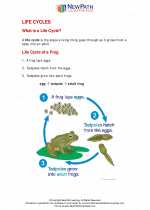 Life cycles
Life cycles  Activity Lesson
Activity Lesson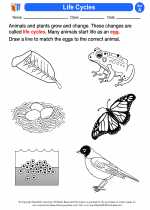 Life Cycles
Life Cycles  Worksheet/Answer key
Worksheet/Answer key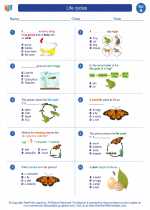 Life cycles
Life cycles  Worksheet/Answer key
Worksheet/Answer key Life cycles
Life cycles  Worksheet/Answer key
Worksheet/Answer key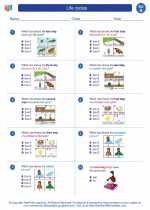 Life cycles
Life cycles  Worksheet/Answer key
Worksheet/Answer key Life cycles
Life cycles  Worksheet/Answer key
Worksheet/Answer key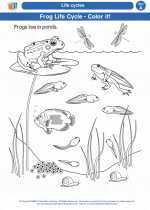 Life cycles
Life cycles 

 Activity Lesson
Activity Lesson
 Worksheet/Answer key
Worksheet/Answer key
 Worksheet/Answer key
Worksheet/Answer key
 Worksheet/Answer key
Worksheet/Answer key
 Worksheet/Answer key
Worksheet/Answer key
 Worksheet/Answer key
Worksheet/Answer key

The resources above cover the following skills:
LIFE SCIENCE
From Molecules to Organisms: Structures and Processes
Design a solution to a human problem by using materials to imitate how plants and/or animals use their external parts to help them survive, grow, and meet their needs (e.g., outerwear imitating animal furs for insulation, gear mimicking tree bark or shells for protection).